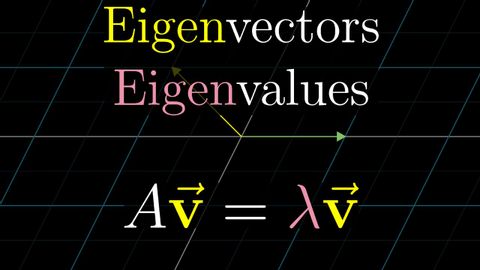Eigenvectors and eigenvalues | Essence of linear algebra, chapter 14
tai が 2021 年 02 月 16 日 に投稿  この条件に一致する単語はありません
この条件に一致する単語はありません- v.t./i.ストレッチをする : 体を伸ばす;伸ばす : 張る : 広げる
- n.ストレッチ : 体を伸ばすこと;一続きのもの;(一続きの)時間 : 期間
US /ɪkˈsprɛʃən/
・
UK /ɪk'spreʃn/
- n. (c./u.)表現;語句;表情;式;表現;表現
- n. (c./u.)大きさや格など;うろこ;はかり;音階;規模
- v.t./i.(縮尺比に従って)拡大する : 縮小する;登る;魚のうろこを取る
- n.地点 : 場所;困難 : 苦境;位置づけ;少し;斑点 : 染み : 汚点
- v.t.(偶然)見つける
エネルギーを使用
すべての単語を解除
発音・解説・フィルター機能を解除

